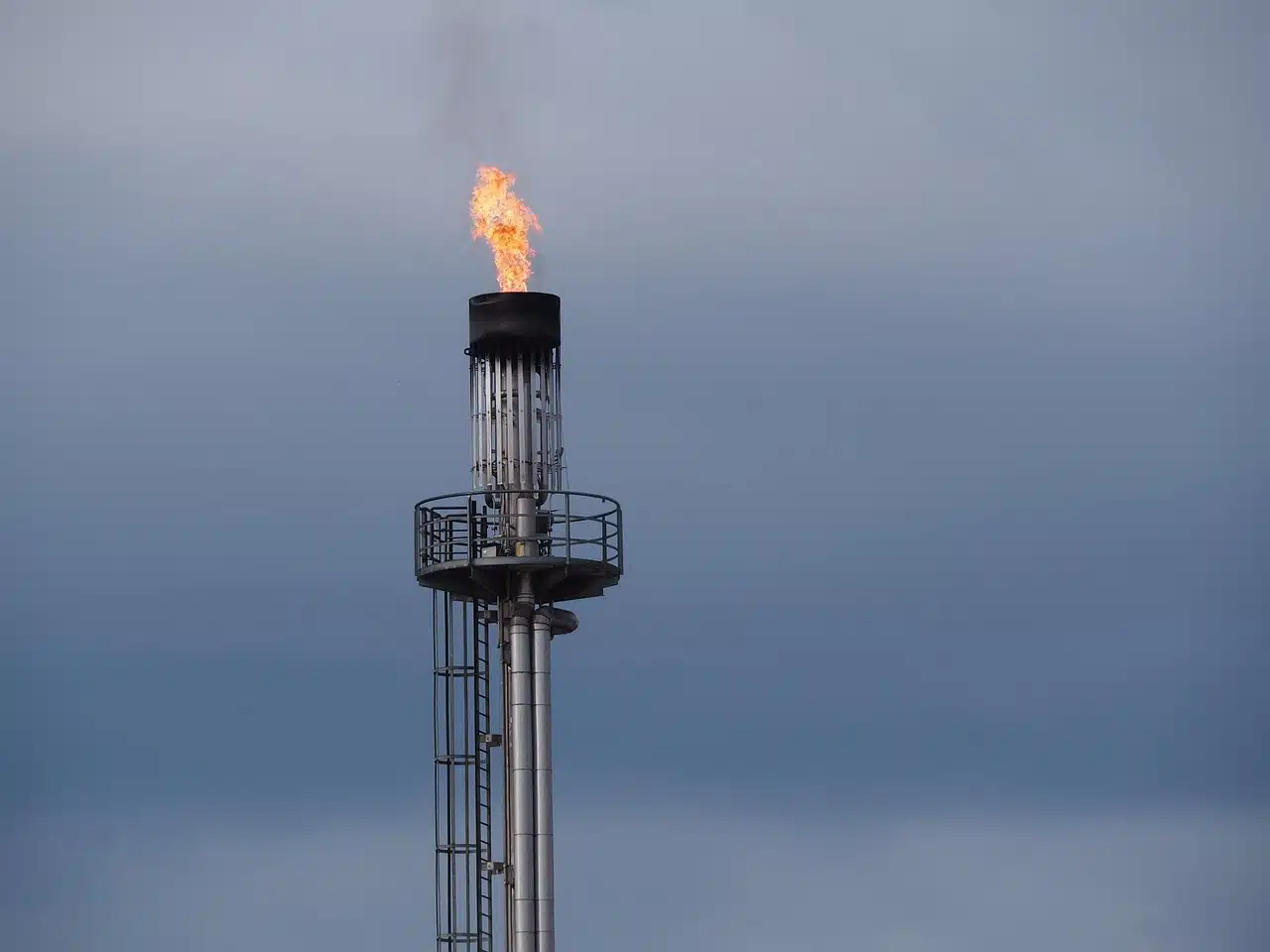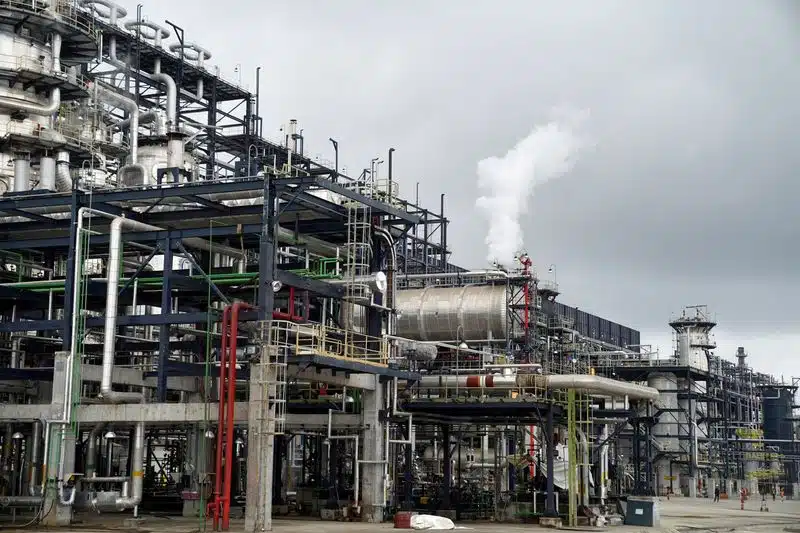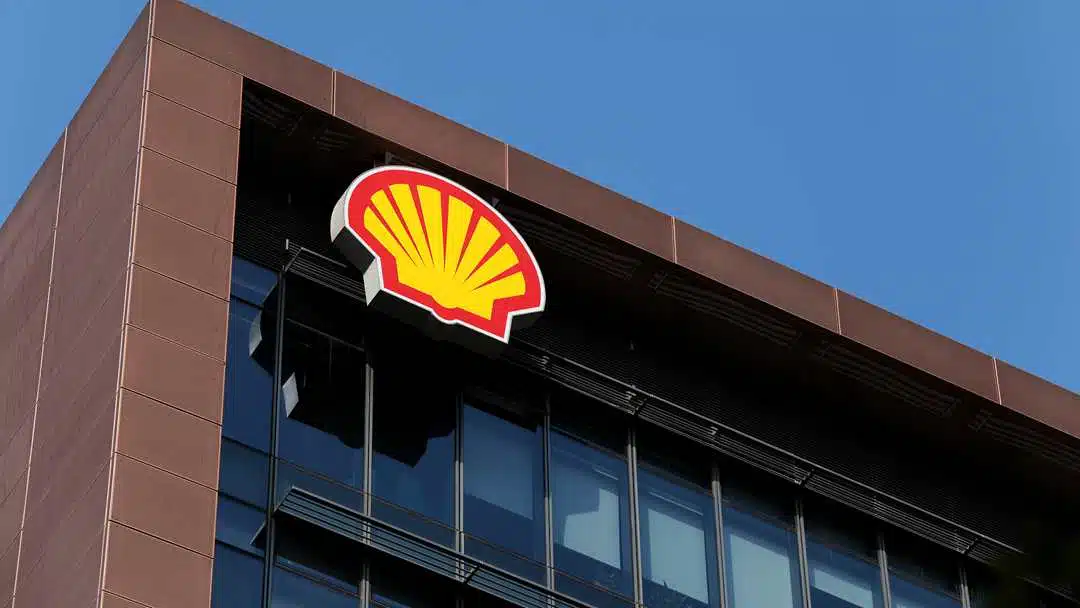Weeks before a deadly fire on one of its platforms in Angola, Chevron’s chief executive officer, Mike Wirth, had warned staff about a spike in near-miss incidents that he said could have led to fatalities, urging stricter adherence to safety measures across the company.
Wirth issued the warning in an internal video on April 29, titled “do it safely or not at all,” in which he cautioned employees to take safety seriously amid growing operational pressures. The message came shortly before the May 20 fire that killed three workers and injured 15 others on a deep water offshore platform operated by chevron, about 60 miles off the coast of Angola.
“We’ve seen a concerning increase in serious near misses, especially over the last few weeks,” Wirth said in the video, which was reviewed by Reuters. “Some of these events could have resulted in fatalities.”
According to Chevron, an investigation into the cause of the Angola fire is ongoing, with results expected in the coming weeks.
Company faces internal safety strain amid cost cutting
Chevron had announced in February that it would cut up to 20% of its workforce globally in a bid to reduce operating costs a move that mirrors similar workforce reductions by other major energy firms such as ConocoPhillips and oilfield services provider SLB. The layoffs were announced as oil prices hovered at their lowest levels in four years, squeezing company revenues.
In the April video, Wirth acknowledged the operational and structural transitions within the company, suggesting they may be contributing to safety concerns. He stressed that no employee should feel discouraged from halting unsafe work, regardless of the broader company climate.
“I know there’s a lot going on right now, with changes underway both inside the company and in the world around us,” he said. “I learned some people feel that speaking up and stopping work is risky in the current environment. It is not.”
The fire in Angola occurred less than a month later, marking one of the most fatal incidents for the company in recent years. According to Chevron’s 2023 sustainability report, the firm recorded 12 serious injuries and one fatality throughout the previous year.
Following the Angola incident, chevron launched what it calls “safety stand downs” company wide halts in production or operations where teams gather to discuss safety protocols, risk factors, and staff concerns. These sessions are part of Chevron’s standard emergency response and learning procedures, but this recent wave has gained urgency in the wake of rising incident reports.
“We prioritize safety above production, and we show it through actually stopping production, and having the time to talk to folks and hear from them as well,” said Marissa Badenhorst, Chevron’s vice president of health, safety and environment, in an interview with Reuters.
Leadership response to the Angola tragedy
In a follow up video to staff on May 30, clay Neff, Chevron’s newly appointed president of upstream operations, acknowledged the severity of the Angola platform fire and reported that some injured workers remain in medical care. He reiterated the company’s ongoing commitment to find the root cause of the fire and to learn from the incident.
Neff also aligned with Wirth’s earlier message, noting that multiple incidents across the business had recently been reported, many of which could have resulted in fatalities especially during routine tasks.
“These were close calls where seconds or feet could have changed everything, and they are stark reminders no one is immune,” Neff said.
He urged staff to remain vigilant and detail oriented, calling for better planning and team coordination in all field operations.
“Understand the risks, do proper planning, and make sure the right skill sets are involved,” he added. “Nothing matters more than everyone going home safe.”
The incident in Angola has drawn attention to the broader safety climate within chevron, particularly at a time when financial pressures and restructuring are reshaping work environments. Analysts suggest that while staff reductions may improve bottom lines, they can also strain operational oversight and increase risks particularly in hazardous sectors like offshore drilling.
Chevron’s recent safety focus also reflects growing industry concerns. Across the global oil and gas sector, near miss reporting has been increasing as companies try to adopt more proactive safety cultures. However, actual injury and fatality incidents like the Angola fire highlight persistent gaps in translating policy into practice.
The full extent of the Angola platform damage has not been publicly disclosed. It is unclear whether operations have resumed on the affected facility or if there will be long term disruptions in Chevron’s West African production output.
Meanwhile, Chevron’s leadership has continued to stress its commitment to safety, transparency, and accountability in internal communications. In short, the Angola tragedy has triggered both internal reflection and operational shifts across the company, as it confronts the human and corporate consequences of safety lapses.










